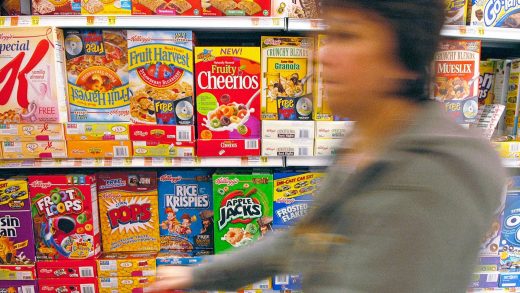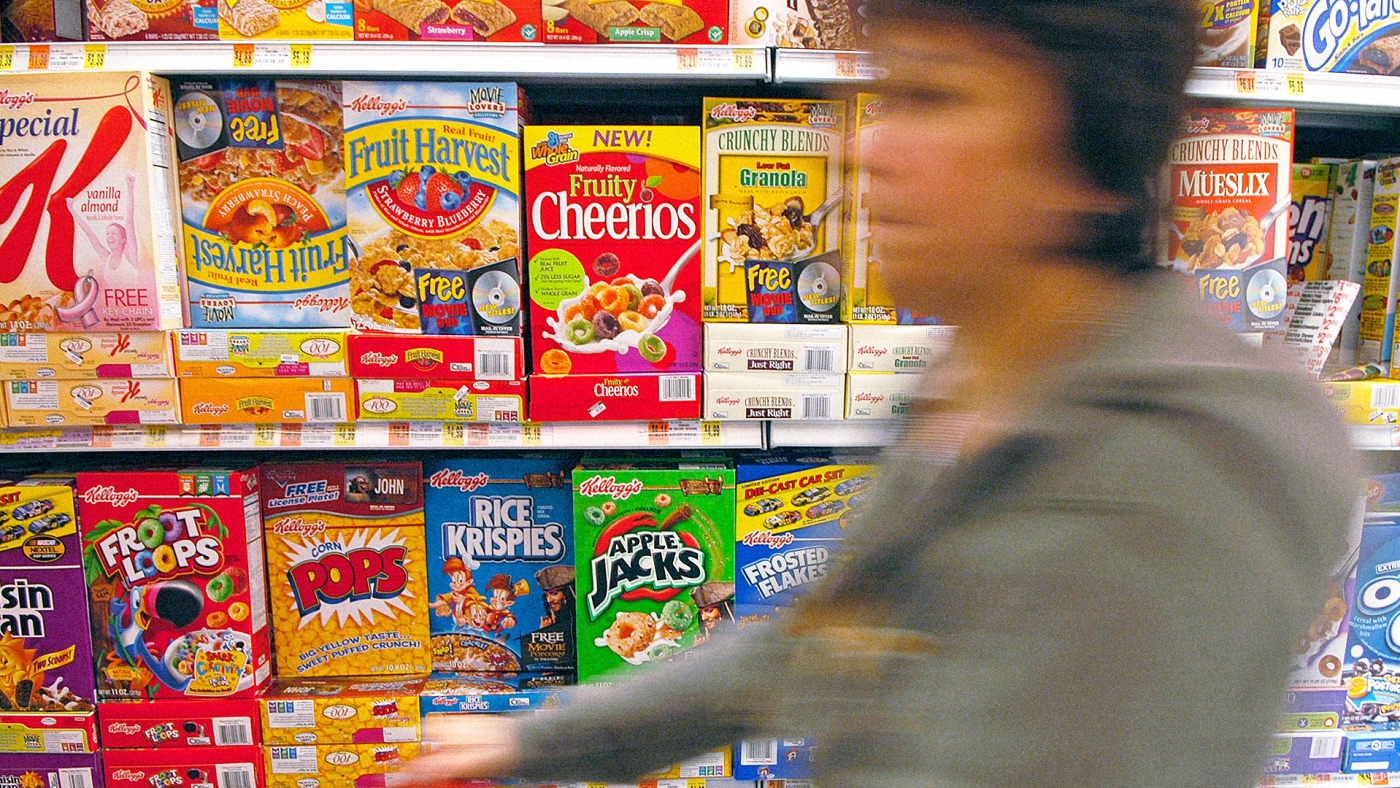Should you really be scared about weed killer in your cereal?
There’s a fairly good chance that the half-empty box of Cheerios in your cupboard has a little Roundup in it. But that doesn’t necessarily mean you shouldn’t let your children eat it.
When the nonprofit Environmental Working Group commissioned an independent lab to test 61 samples of products made with oats–from Lucky Charms and Cheerios to granola bars and oatmeal–most of the products made with conventionally-grown oats had some glyphosate, a weed-killer found in products like Roundup, inside. The amount of the chemical in those samples was well under what the EPA considers protective of health. The nonprofit wants the EPA to make its standard more stringent: “Our general stance is pesticides and herbicides really don’t belong in children’s food,” says Alexis Temkin, a toxicologist at EWG.
But it’s open to debate how much of a toxin glyphosate is. And even EWG says that you don’t need to purge your house of that half-eaten box of cereal. “The short-term, one bowl of cereal is not necessarily what we’re worried about,” says Alexis Temkin, a toxicologist at EWG. “It’s really this chronic lifetime exposure, especially at a young age.” (This is more nuanced than the language in a press release: “Simply stated, there is far too much glyphosate in [these] products for parents to feel comfortable feeding them to their kids.”)
The International Agency for Research on Cancer (IARC), part of the World Health Organization, classified glyphosate as a probable carcinogen in 2015. In California, based on that ruling, glyphosate is now listed under a registry of chemicals known to cause cancer; the state has proposed that an average adult can be exposed to 1.1 milligrams of the chemical per day with no significant risk (The EPA, which does not consider glyphosate a carcinogen, suggests the limit is 2 milligrams per kilogram of body weight a day, or 140 milligrams for an average adult).
EWG–which has received criticism for being too alarmist about toxic chemicals–thinks that even California’s proposed limit is too high. It’s based on what the state believes may be a one-in-100,000 increased lifetime risk of cancer, a calculation made from animal studies. For its own risk level assessment, the nonprofit chose to increase that to a one-in-a-million risk (the risk factor that California considers for some drinking water contaminants), and then went up by another factor of 10 based on a recommendation from the Food Quality Protection Act that children’s health should apply a 10x safety factor. EWG concluded that children should eat no more than 0.01 milligrams of glyphosate a day, or 160 parts per billion in a single serving. One sample of Quaker Oats had 1,300 parts per billion. (These calculations aren’t peer reviewed, and weren’t published anywhere but in EWG’s own report.)
The nonprofit is encouraging consumers to reach out to manufacturers to tell them they don’t want glyphosate in their food. Farmers often use glyphosate not only for killing weeds, but just before harvesting a crop, as a way to dry out the food so it can be harvested more quickly. That isn’t necessary, EWG argues, and it makes it more likely that the chemical ends up in our diet.
Glyphosate is on people’s minds right now because a jury found Roundup responsible for a landscapers’ cancer and awarded him $289 million). But there haven’t yet been human studies of the health effects of glyphosate exposure in food, and though there have been studies of farmworkers and more studies in animals, there are relatively few studies overall. In 2016, the UN’s Food and Agricultural Organization and the World Health Organization found that the chemical was “unlikely” to pose a risk to humans through food. Other agencies have reached similar conclusions. The IARC decision to classify the chemical as a carcinogen included a claim of a positive association between glyphosate and non-Hodgkins lymphoma, but a newer study said that there was no association. On the other hand, that study did find a weak association with a rare cancer called multiple myeloma. Animal studies have shown links with cancer. The IARC was subjected to criticism for calling the chemical a probable carcinogen–though much of that criticism was led by a campaign from companies like Monsanto (one article on Forbes, later retracted, was ghostwritten by a Monsanto employee).
With the uncertainty about health impacts–and the fact that none of the samples tested by EWG exceeded the threshold proposed by California or the EPA–should consumers worry about eating breakfast cereal? You’ll have to take your pick about which government agency or NGO you trust the most, and weigh that against your love of the taste or convenience of processed breakfast cereals. For anyone who wants to take precautions, organic cereal or oatmeal would always be a good choice, even if you’re not worried about glyphosate–and the organic products tested by EWG fell under the group’s strict limits for the chemical.
(59)



